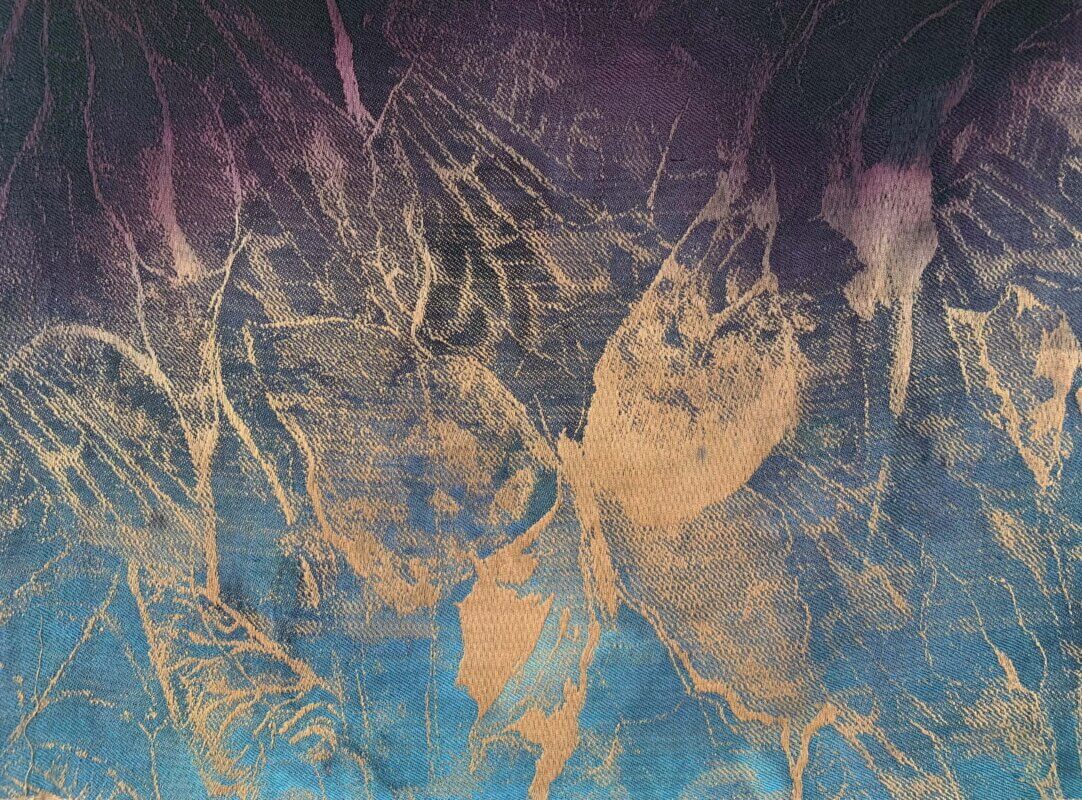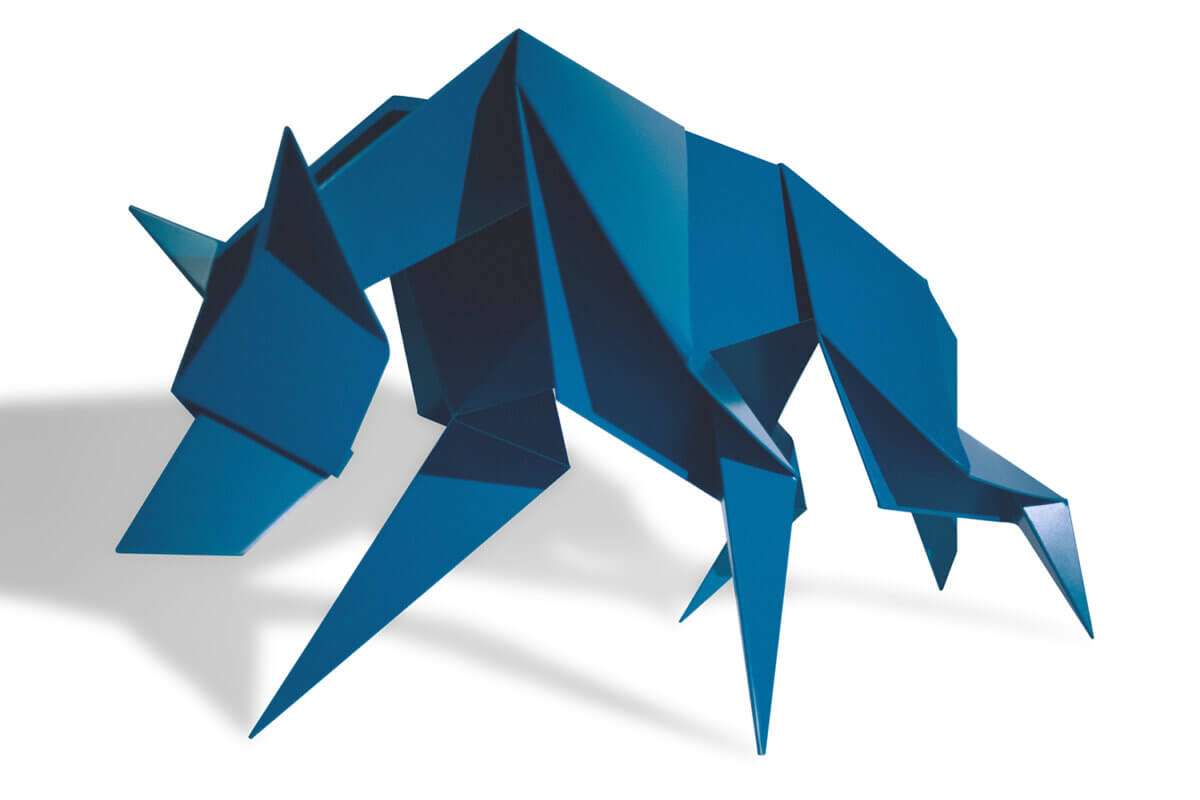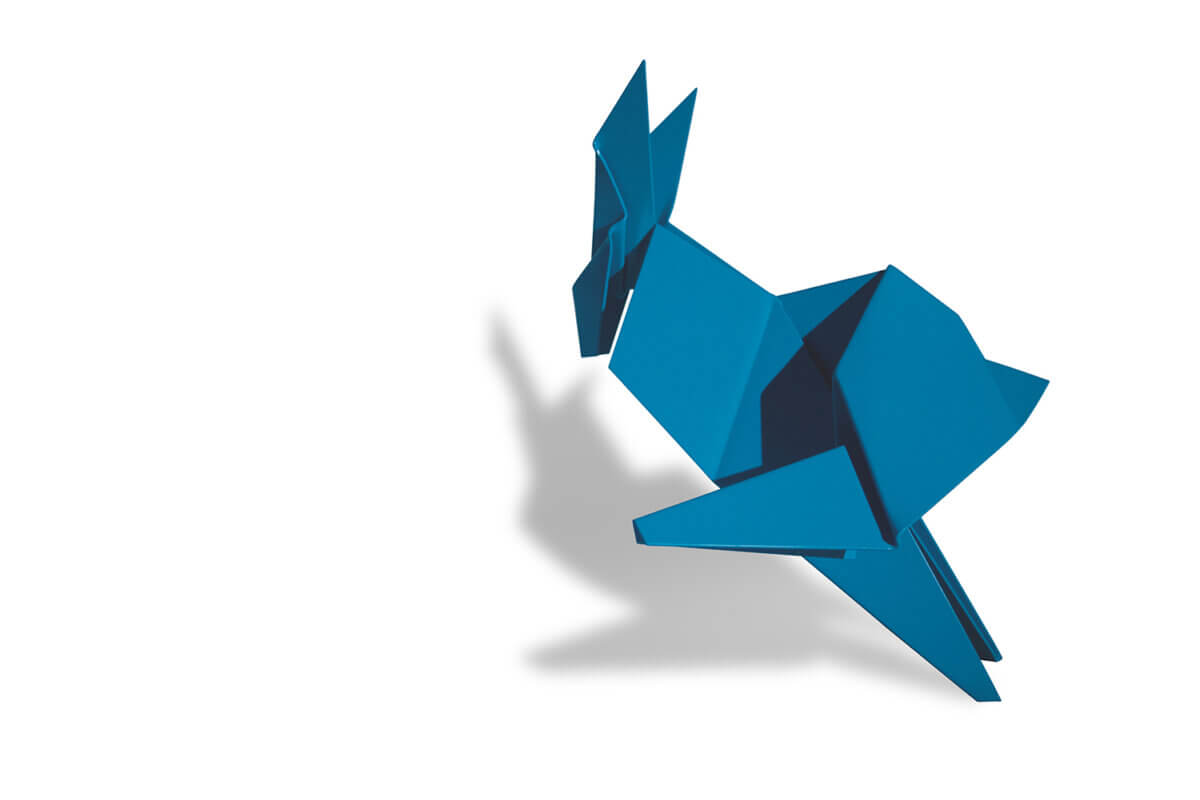30 Wonders/30 Years: A History of the Museum in 30 Works
October 28, 2017 - May 6, 2018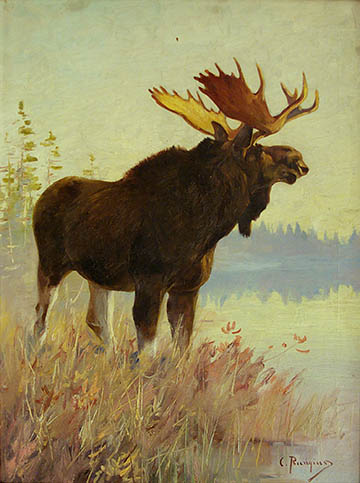
Carl Rungius’ Sportsmen’s Moose exemplifies the incredible stories behind many of the objects collected by the Museum during its 30-year existence. This painting appeared on a poster in 1907, promoting a sportsmen’s expo. The National Museum of Wildlife Art owned a copy of the poster and used the image of the moose on the inaugural material for the opening of the Museum in 1987 without knowing where the original was. In 2012, the painting was found in an attic on Prince Edward Island and, thanks to the Robert S. and Grayce B. Kerr Foundation, we were able to acquire it. It is a classic, early Rungius with a great story and clear ties to the Museum.
This exhibit will uncover other amazing stories behind a diverse range of objects as we trace the history of this institution from Wildlife of the American West Art Museum on the Jackson Town Square to the National Museum of Wildlife Art of the United States in its permanent facility overlooking the National Elk Refuge. This exhibition will consist of 30 objects representing the diversity of the collection in terms of depth and breadth.

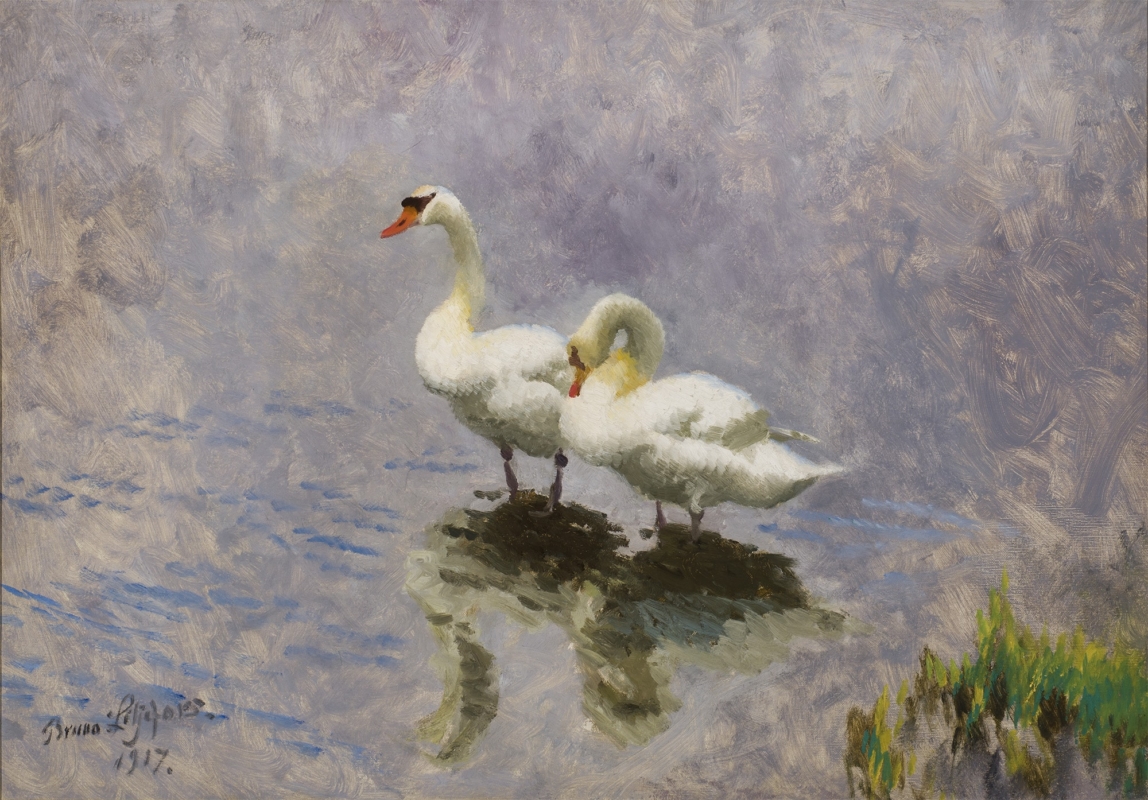

- 1
- 2
- 3
A Conceptual Thread
Through November 2, 2025Various types of textile art—quilting, weaving, tapestry, and knitting—will be featured in this exhibit, each showcasing its unique ability to tell stories about wildlife and nature. The exhibition will also include a large communal loom in the Wapiti Gallery; Museum visitors will have the opportunity to contribute to the exhibition by weaving on this loom during their visit.
See the Exhibit- 1
- 2
- 3
Prismatic Menagerie: Origami-Inspired Sculptures by Hacer
Through May 31, 2026We are adding a bold pop of color to the Cache corridor this summer! Take a wander on the wild side and explore the Prismatic Menagerie from the National Museum of Wildlife Art to Center for the Arts—it’s a straight shot down Cache/Hwy 89. With five bold origami-inspired sculptures, this exciting outdoor exhibition brings Hacer’s work to Jackson Hole through a collaboration between two of Jackson’s impactful art institutions.
See the Exhibit